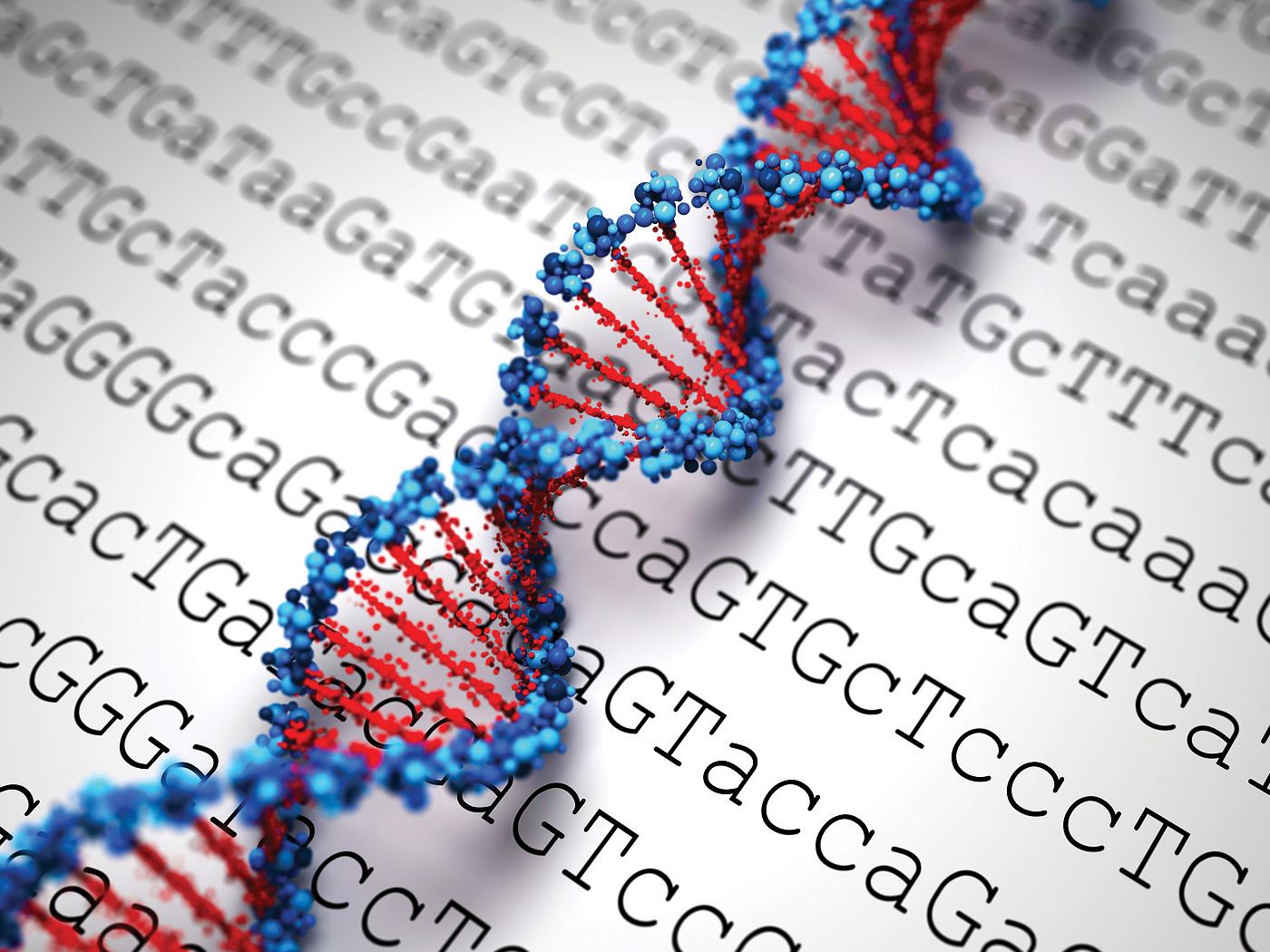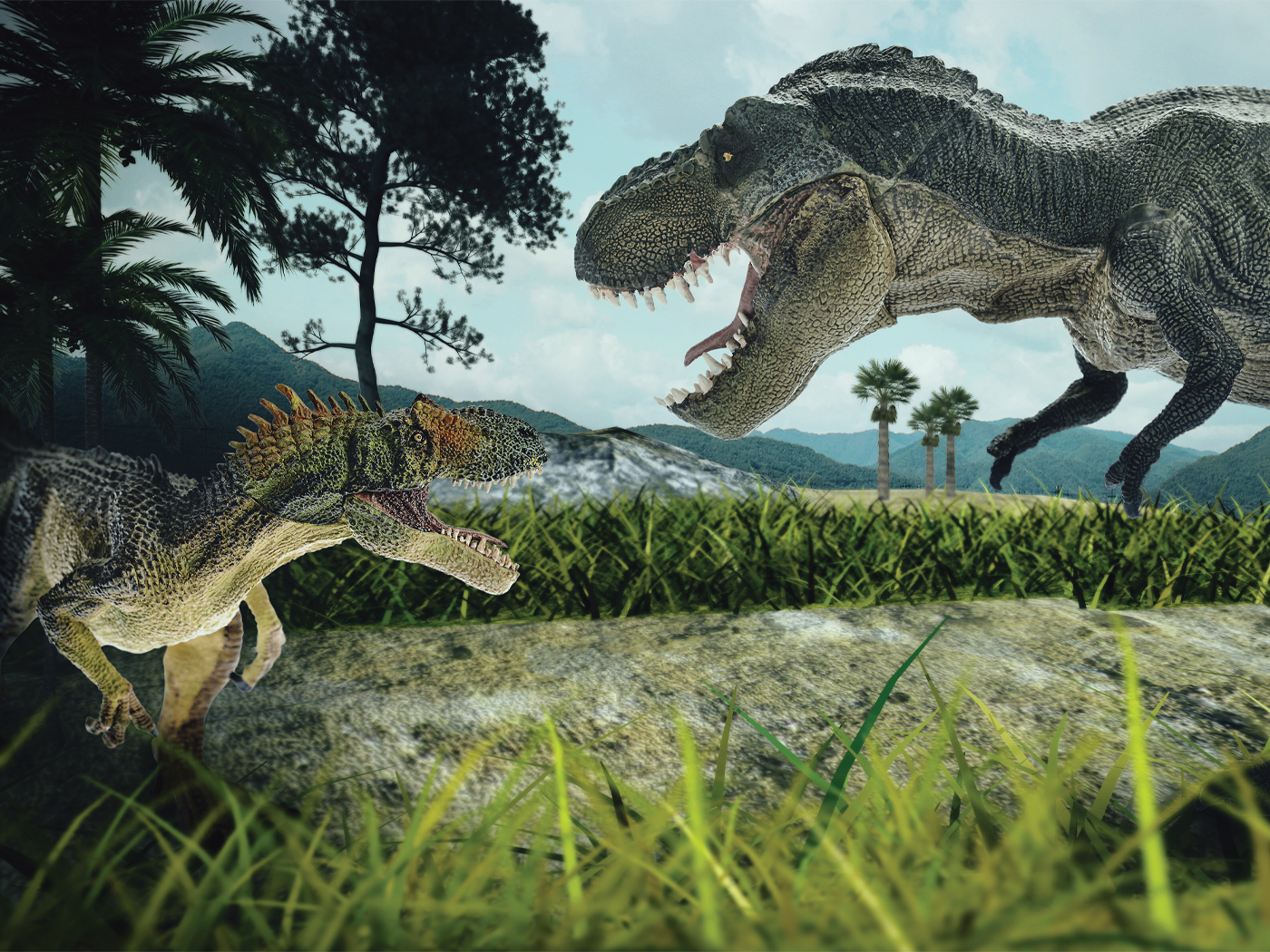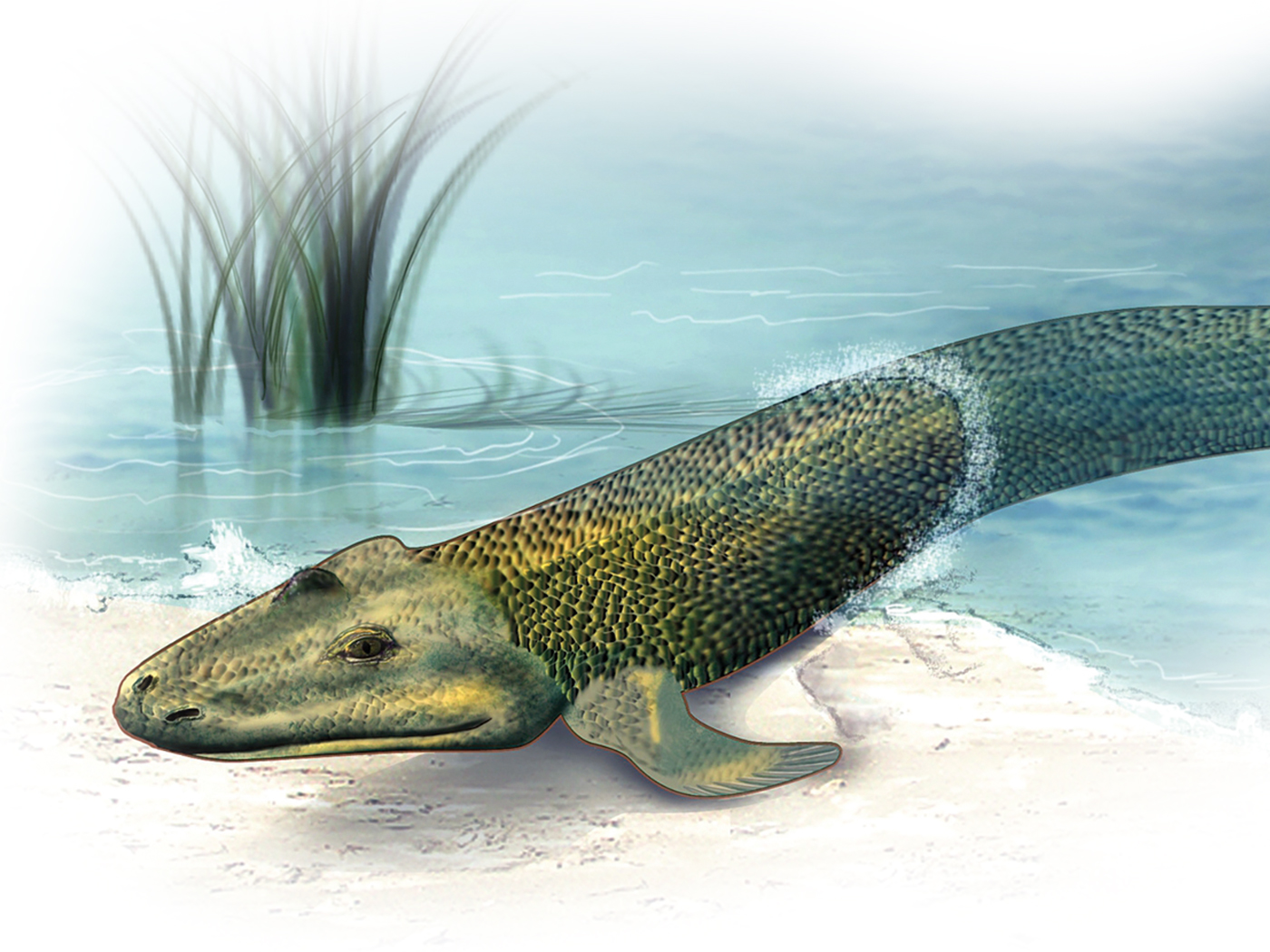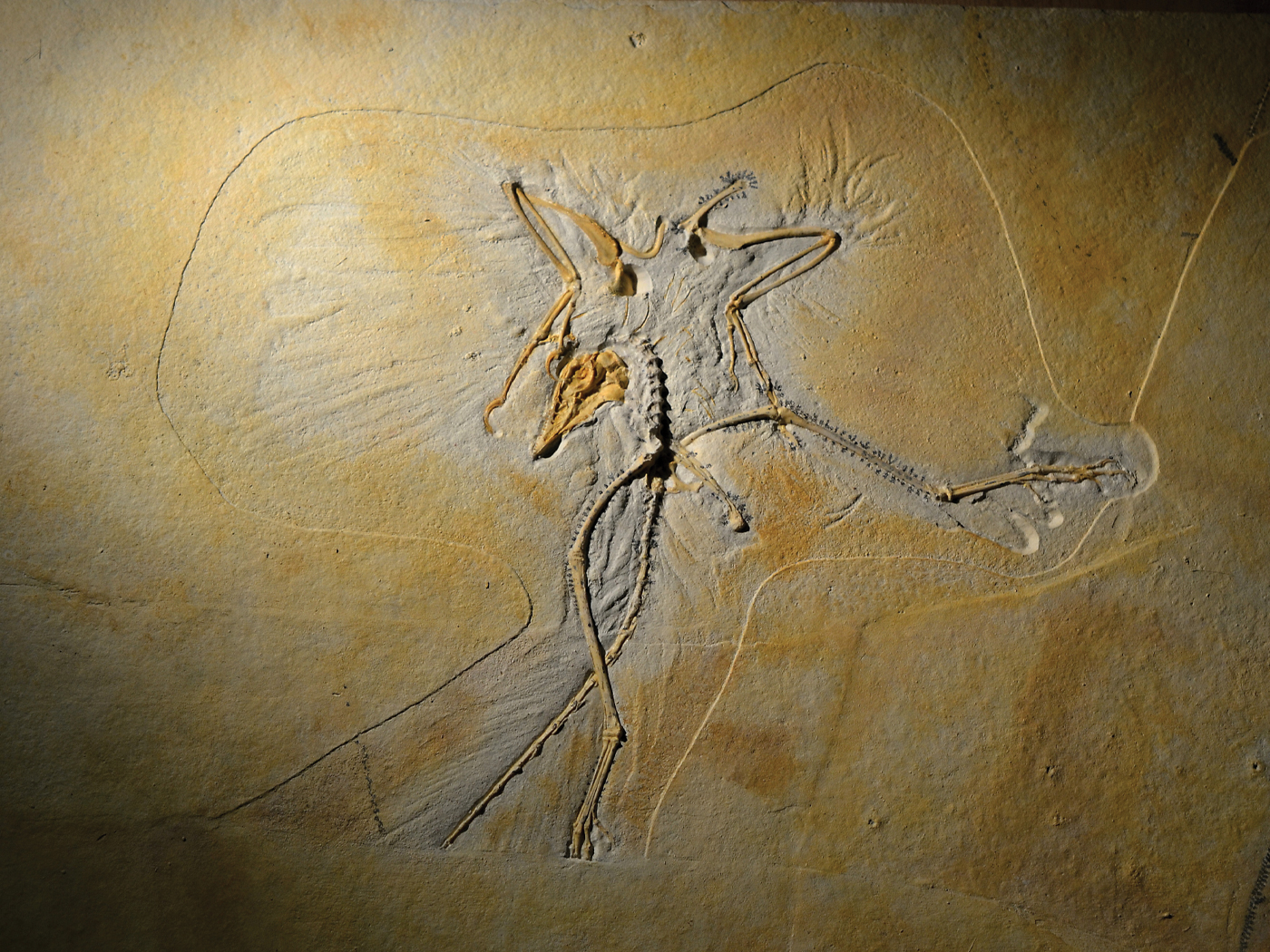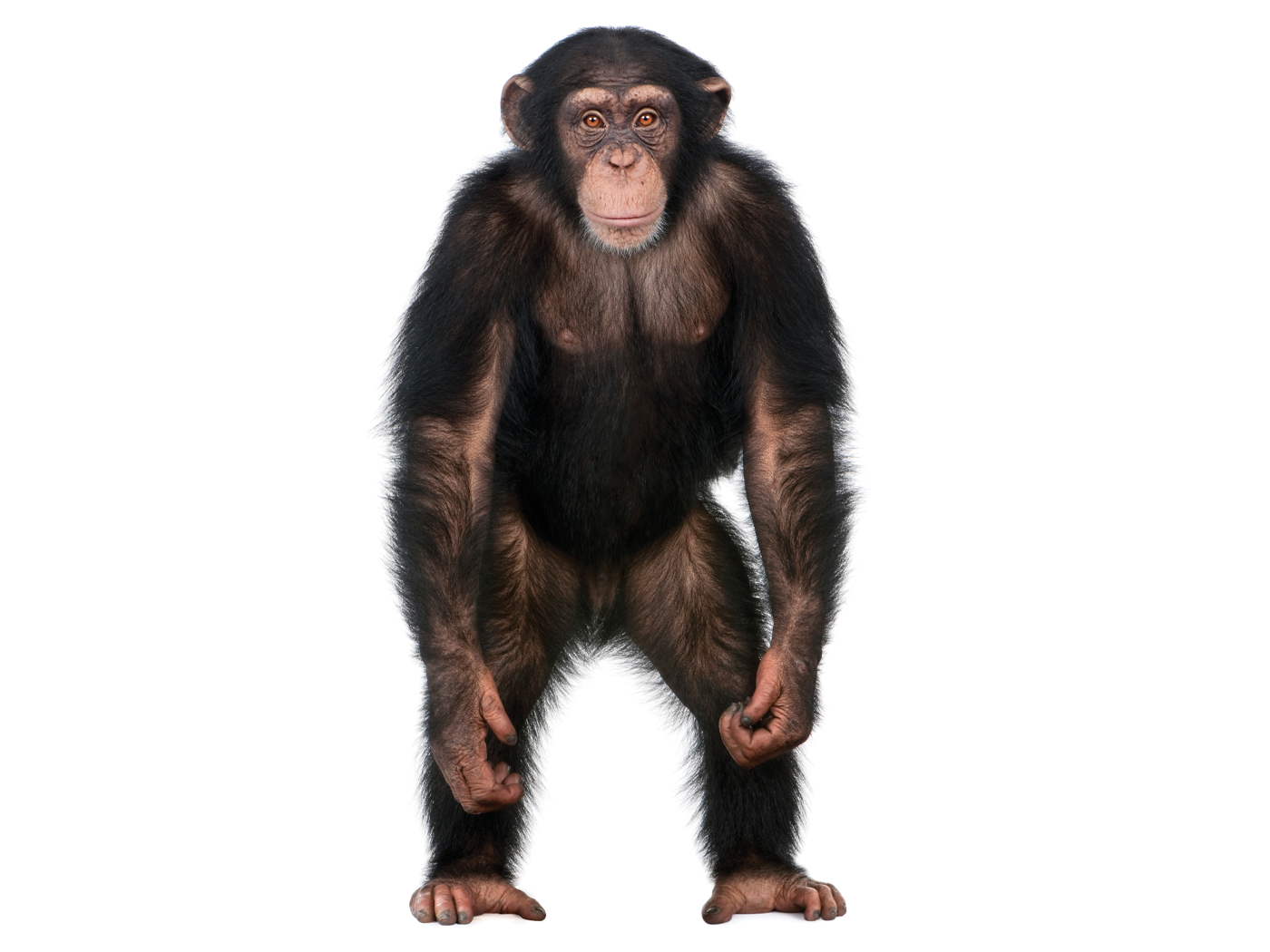The article requested is not found.
Browse through our Archives of articles.
Use our powerful article Search Tools.
Milk or Meat
“For every one that useth milk is unskilful in the word of righteousness: for he is a babe. But strong meat belongeth to them that are of full age, even those who by reason of use have their senses exercised to discern both good and evil.” (Hebrews 5:13-14)
The Scriptures are compared in these verses to our daily food—milk and ...More...
September-October 2025
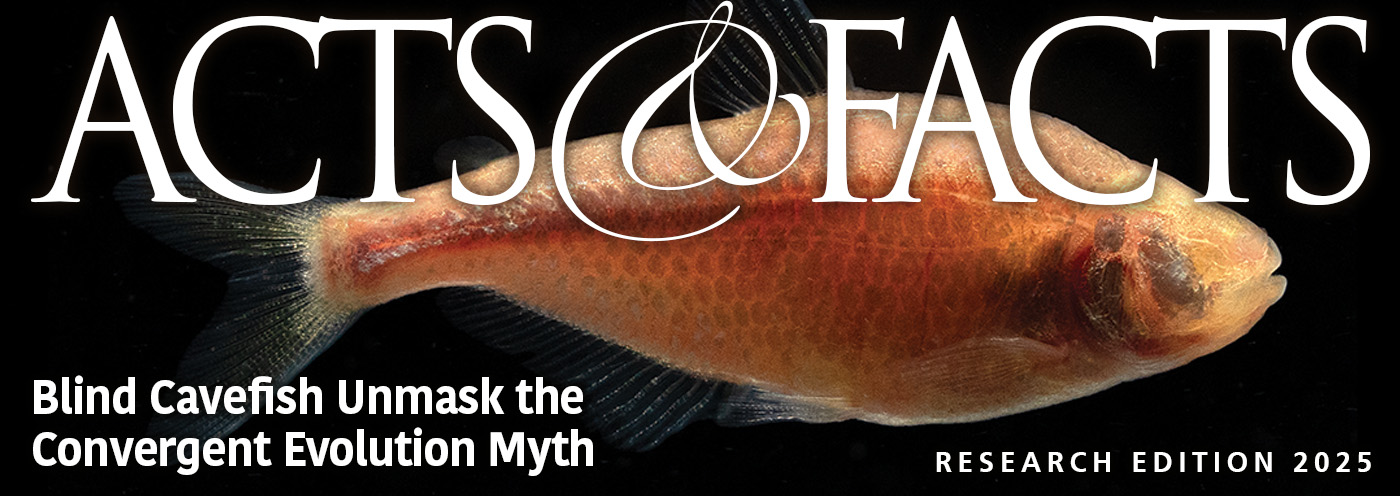
See "Download PDF" (above) to read the entire Acts & Facts magazine.
More...Pervasive Genome Functionality Destroys the Myth of Junk DNA
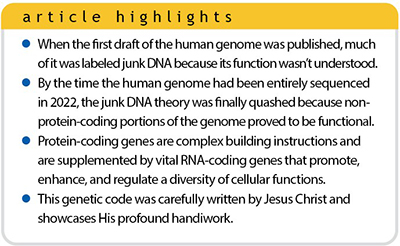 In 2001, the first rough draft of the human genome was published in a collaborative effort between private industry and the public sector.1,2 At that time, conventional scientists classified much of the human genome as junk DNA because they understood very little of the function of its three billion DNA letters. A more complete sequence of the human genome was published in 2004—but it was only about 92% finished.3 Since that time, ...More...
In 2001, the first rough draft of the human genome was published in a collaborative effort between private industry and the public sector.1,2 At that time, conventional scientists classified much of the human genome as junk DNA because they understood very little of the function of its three billion DNA letters. A more complete sequence of the human genome was published in 2004—but it was only about 92% finished.3 Since that time, ...More...
Happy Labor Day 2025

“For we are laborers together with God: ye are God’s husbandry, ye are God’s building.” (1 Corinthians 3:9)
Labor Day was established as a national holiday in this country in 1894 in order to celebrate the important part played by workers in the development of the nation. The first labor laws were passed only in 1802 and the first labor unions formed only in 1825, both being in England.
More...More Articles
- The Age of Reptiles Myth
- The Tiktaalik Missing Link Myth
- Archaeopteryx, Myth of a Transitional Fossil
- Busting the Myth about Lucy
- Evolutionary Vestigial Features: Worse Than Myth, a Scam
- Blind Cavefish Unmask the Convergent Evolution Myth
- A Booming Generation
- Darwin's Galápagos Finches: The Myth of Natural Selection
- The Myth of Abiogenesis
- The Big Bang Myth
- Evolutionary Myths of Conventional Science
- His Master’s Crib
- ICR Research Showcased at 2025 CRS Meeting
- How the Earth Is Filled




